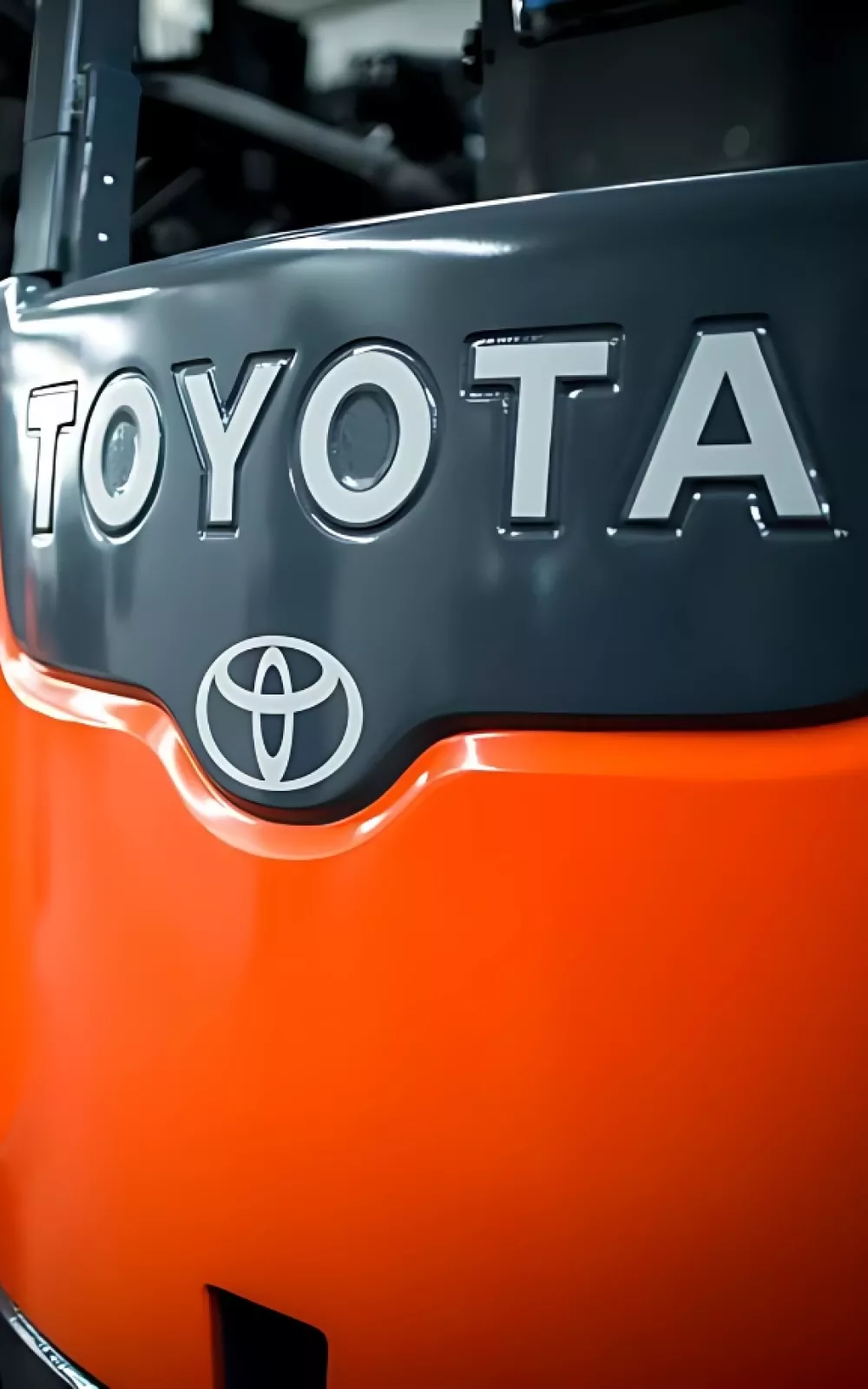Rent
ProLift offers daily, weekly, and monthly rentals. Find the right equipment for maximum productivity and safety.
ProLift offers daily, weekly, and monthly rentals. Find the right equipment for maximum productivity and safety.
Used forklifts with warranties and a 30-day exchange guarantee, plus as is and wholesale equipment options.
Explore leasing, ownership, and rental purchase options for equipment and other warehouse solutions.
Reimagine your warehouse and increase your storage capacity! CAD drawings included.
Reimagine your warehouse and increase your storage capacity! Submit your request for quote and a warehouse solutions consultant will reach out to schedule a site visit.
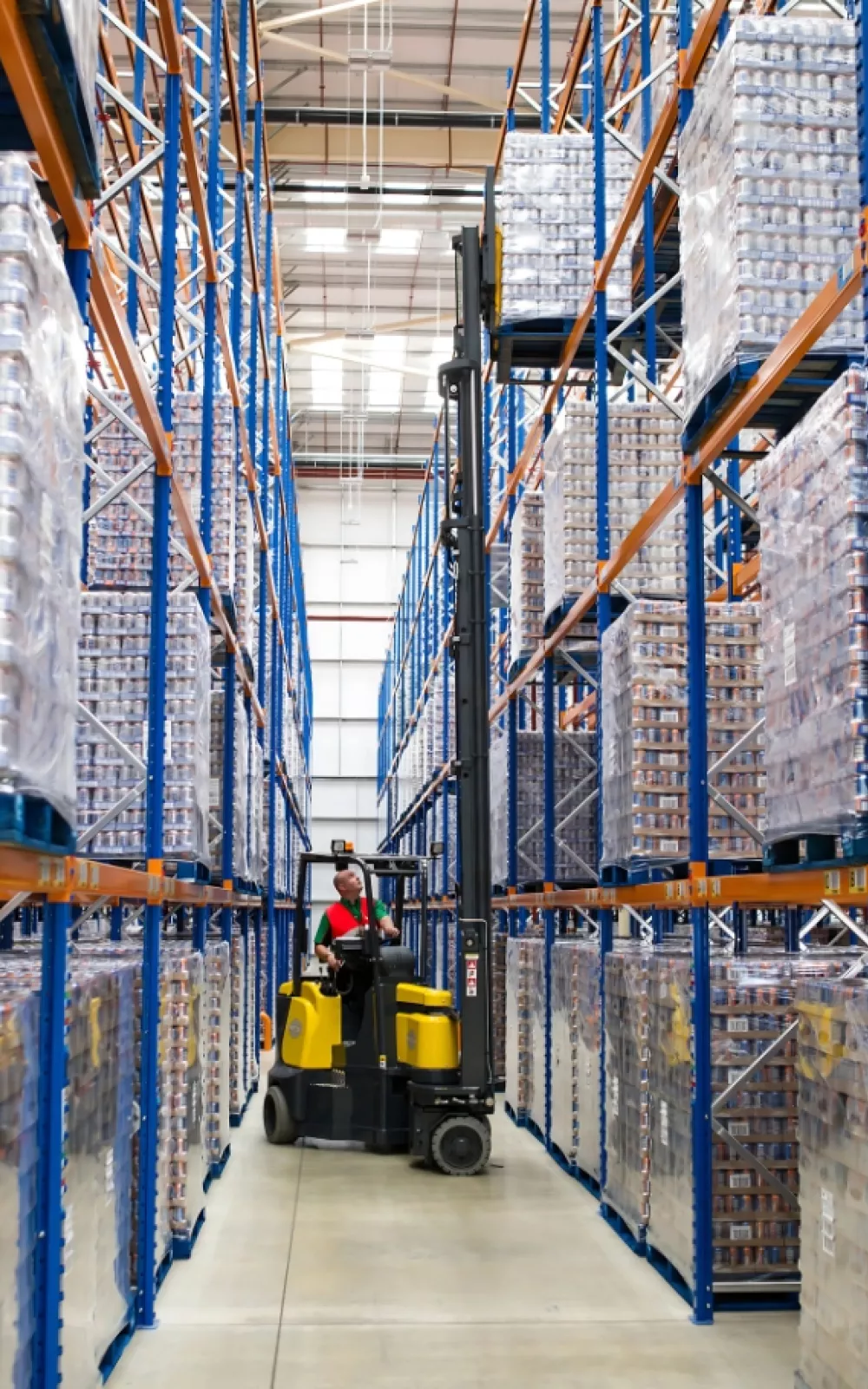
Minimize downtime when you schedule our mobile tire truck for on-site tire pressing.
Minimize downtime when you schedule our mobile tire truck for on-site tire pressing. Our parts team will reach out soon!

Keep your equipment on a maintenance schedule to stay ahead of needed parts and service.
ProLift offers four maintenance programs to fit your productivity and budget. Schedule a site survey and quote with a sales consultant.
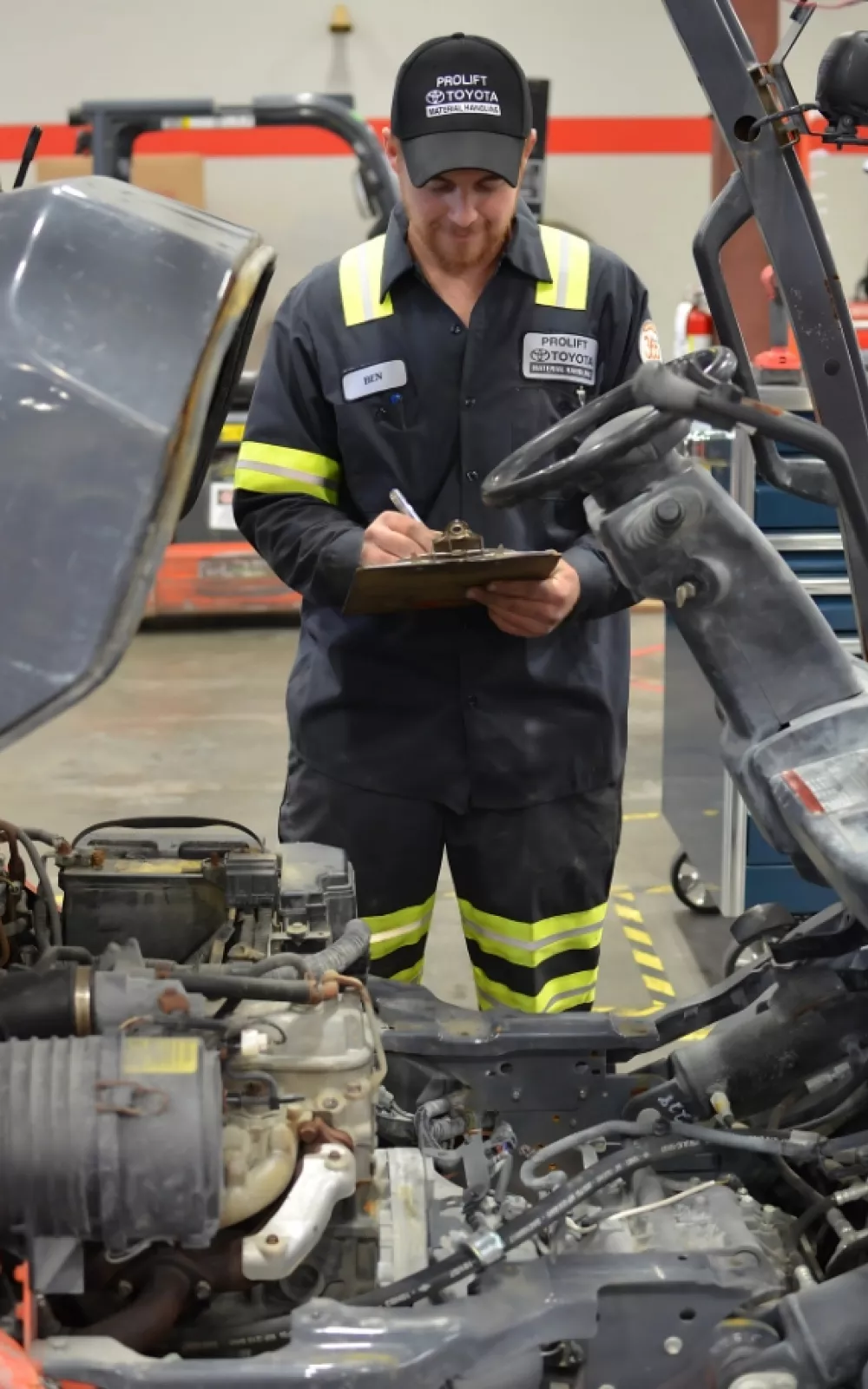
Let us know how we can assist you! A ProLift specialist will connect with you to help with your material handling needs.
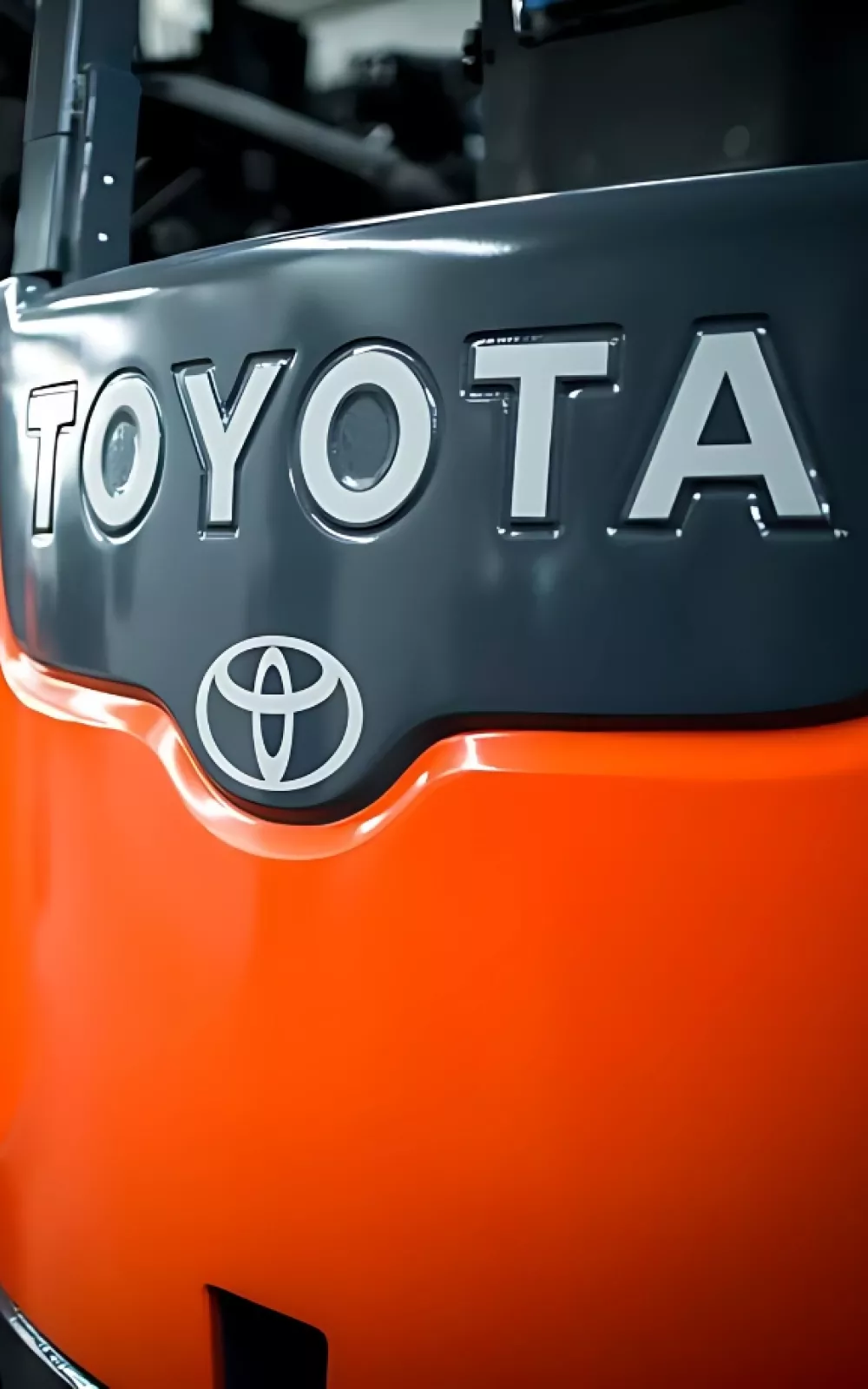
Let us know how we can assist you! A ProLift specialist will connect with you to help with your material handling needs.

Regularly replacing forklift tires is crucial for maintaining safety and preventing issues like operator fatigue, increased maintenance costs, and compromised load stability. Worn or damaged tires can impact forklift balance, increasing the risk of accidents, and frequent inspections help avoid costly repairs and downtime.
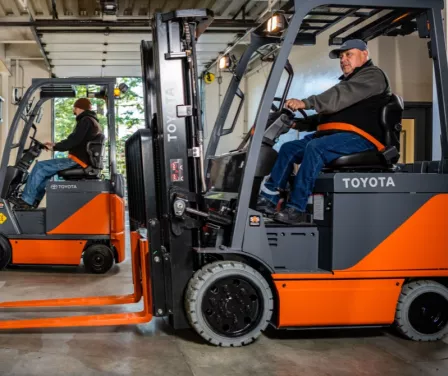
Damaged and worn forklift tires can be a serious safety issue that creates stability issues for the forklift and its load, but forklift tire replacement is often overlooked.
Forklifts don’t have suspension systems like over-the-road trucks. Instead, they use a design similar to farm tractors, where the front axle is solidly mounted, and the rear axle pivots in the center to adapt to uneven surfaces. The only cushioning between the ground and the forklift comes from the rubber or air in the tires, meaning that worn or damaged tires can significantly impact ride quality and operator comfort.
Operating a forklift with chunked, worn, or flat-spotted tires can increase operator fatigue and stress, potentially leading to frustration and reduced productivity. When operators are distracted or uncomfortable, it can compromise focus, posing serious safety risks to themselves and others.
Forklifts running on damaged or worn tires can see a significant rise in maintenance costs. Lack of tread leads to tire spinning, generating heat, and putting extra strain on the transmission, resulting in higher fuel or battery usage. Reduced ground clearance can cause damage to the underside, while poor cushioning loosens hardware, potentially leading to leaks in the engine and transmission. Fork wear accelerates as operators may drag forks, and in electric forklifts, battery cycle time is reduced due to the increased effort needed to move.
Loads can be compromised by the constant jarring and rocking, leading to damaged product and safety issues such as an upset forklift load falling on an employee.

To minimize downtime, our mobile tire service truck comes to your location. Just let us know the type and quantity of tires to be replaced, and our trained technician will handle the tire pressing right on-site, keeping your operations moving smoothly.
Constant jarring and rocking caused by worn tires can compromise loads, leading to product damage and creating safety hazards, such as a load falling from the forklift and injuring an employee.
Stability of a forklift can be affected by the condition of the tires and air pressure. When solid rubber tires wear excessively on one axle, it changes the tilt angle of the mast. The severe change in maximum tilt angle can create tip over or loss of the load. Air filled forklift tires with damaged sidewalls or tread are also at risk for tip over and damaged product if a tire suddenly blows or low air pressure creates an unstable forklift that leans when loaded.
To ensure your company’s forklift tires are not worn, regularly inspect them for loss of tread, signs of separation from its band or damage. Cushion forklift tires should be measured to determine the height of the tire. An industry standard is replacing the forklift tire when it reaches just above the imprinted area with the brand name and size of the tire. For pneumatic forklifts, inspect the tires for cracks, splits or little tread.
ProLift's parts specialists are ready to assist with any questions about selecting the ideal tires for your specific forklift model and application. Tell us how we can help!
If the tires are not suited for your current application, our specialists can share tire options.
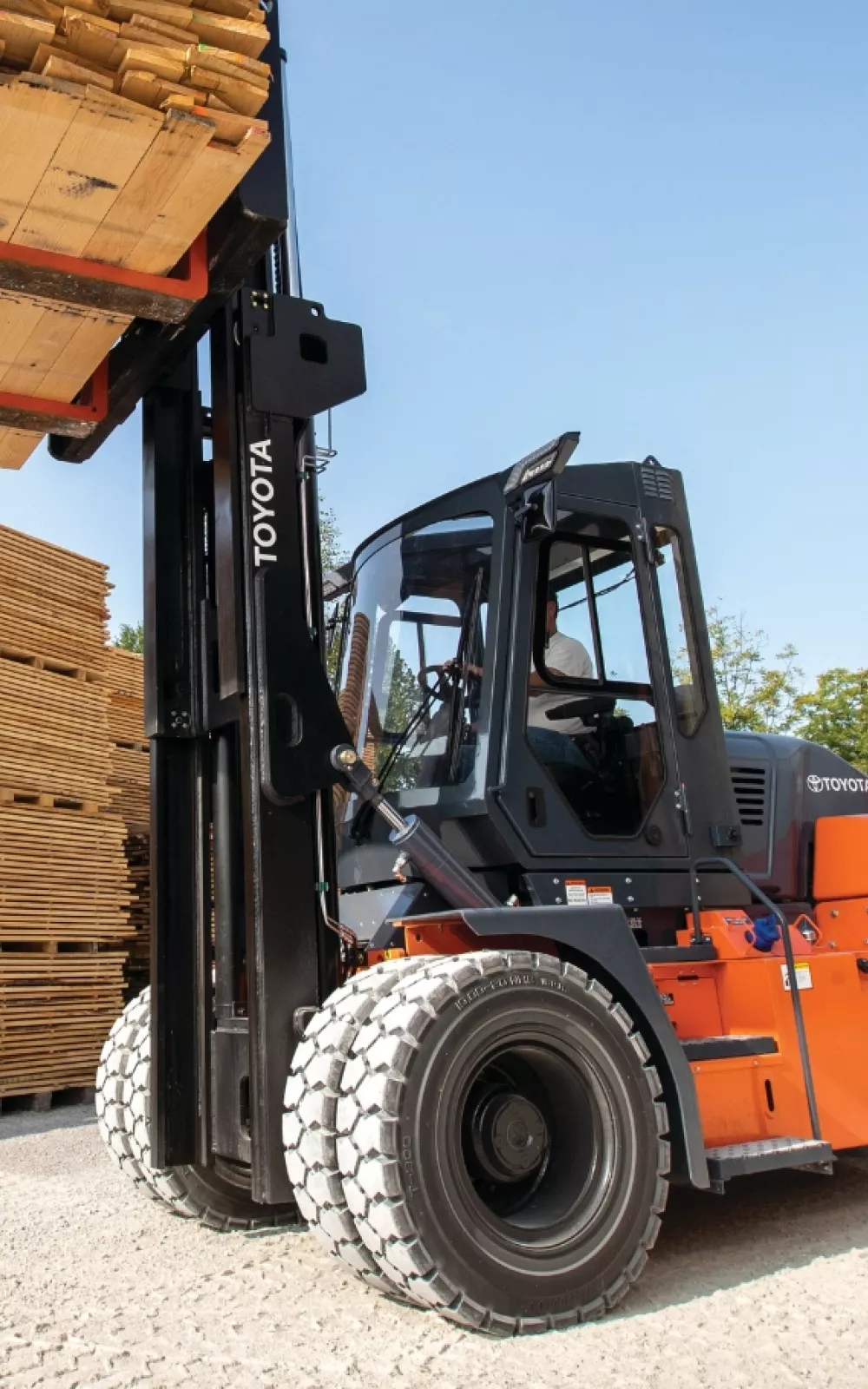
Let us know how we can assist you! A ProLift specialist will connect with you to help with your material handling needs.
